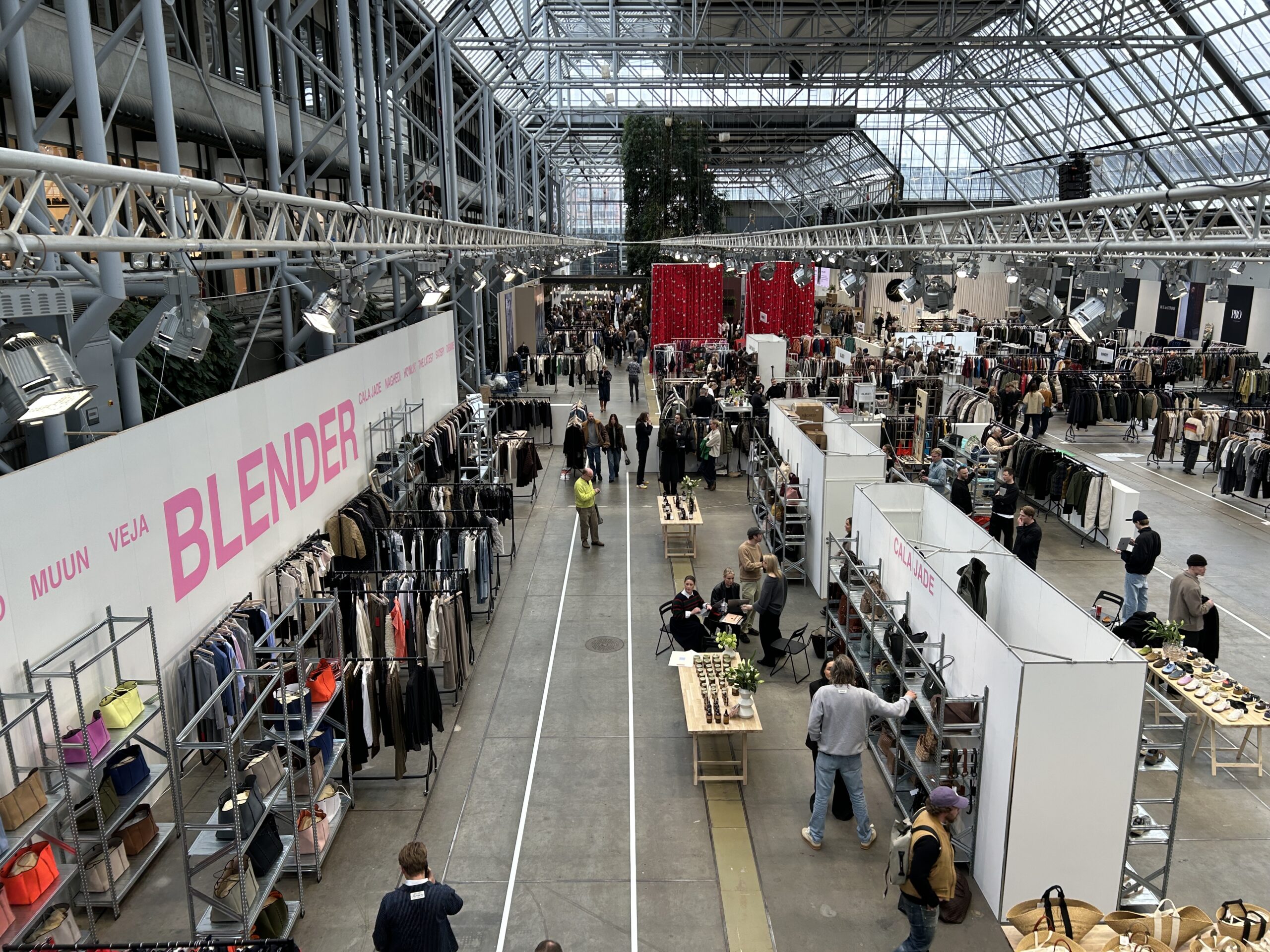Secondhand is winning two-to-one on my clothes rack. It makes sense. I grew up I would never forget the thrill of digging the Navy-Blue luxurious hoodie of my dreams, in which I saw one of the countless flames I saw as a child with my mother. But today, I am on a small mission for a basic black T-shirt because I am above those who are with me.
Since I found that Hoodi, Secondhand is a serious glow. Small, chaotic charity shops such as goodwill or oxfam have given way for minimal boutiques where a used shirt costs more than new. And this is a big business.
According to retail analyst Neil Saunders, in 2024, the Global Second -Hand Apparel market was priced at $ 227 billion (€ 194 billion) – more than Apple’s annual sales. Young Jean Z and Millennial Consumers are running thrilling craze for a Fla -reas.
“This is now a creative field where people go for fun,” said Saunders. “At her top, many people see it as a way of begging.”
And this is not surprising. Fashion is a dirty industry, responsible for up to 10% of man-made greenhouse gas emissions- not to mention water use and freshwater pollution.
Then there is overproduction. Rapid turnover of cheap fashion means that a truck of clothing is sent to the landfill or dissolved every second.
And some gorments never look inside a shop, 10 to 30% of clothes suggested are never sold in actual studies. Most of them are considered waste.
This is where the resale – or secondhand – comes in. Relell promises to reduce waste and even cut the fashion industry CO2. One Study It was found that secondhand sales could reduce premium apparel and outdoor brand carbon emissions 16% by 2040.
Therefore, if the resale is part of the actual solution, feeling my black tea in this way is to do the right thing.
The promise of thrifting to cut the problem of fashion pollution
My hunting began at the Vintage Revisions, which was a busy store in Berlin’s Pranzalore Berg district. Clara Metzgar, Store Manager – Wearing clothes from head to toe – carefully cures it.
They come from Texad, a German company for recycling commercial clothing, but Metzgar said that she cannot go back again. Some items go to another store which is less picky about quality.
“I take out that kind of thing because it is a pure polyester,” he said, pointing to a bright turquoise headcharf. “I pick up this stuff, and feel … yes, it is pure garbage.”
Metzagar has seen a decline in the quality of secondhand clothing as fast-fashioned brands such as primer and shin started flooding in the market.
But the clothes she sells is a little beyond my budget. Analyst Saunders told me that the real business is online, where 88% of the US resale money was spent in 2024. Therefore, I pick up my phone – and discover a scope of endless options.
How to jump on the trend of big fashion resale
Ten years ago, the apparel place used online was primarily a colleague sales platform from a colleague such as eBay and poshmark, Saunders said.
“Then, a lot of retail vendors started taking notice. They wanted a piece of this development,” they explained. Retailers of fast fashion brands like Zara and Shin to outdoor companies like North Face and Shu Business. Martens now has an online resale.
Browsing here feels like any other online shopping experience. The sites list items in different sizes and colors depending on availability. They also give me a little boost. I can “keep things for better use” and “contribute to detecting a better world.” Funny, it makes me feel like a hero – for shopping?
How big are the fashion risks that reduce the environmental promise of thrifting
But I think some platforms are closely associated with the main business model of the brand of new costumes. For example, the US Sportswear Retailer Lululeman, provides an in-store credit for used items. A shirt gives you $ 5 and a jacket $ 25, but credits can only be spent on new products.
For experienced online shoppers, some sales techniques feel very familiar – the vomiting timer and “last chance” filled with alert, designed to create urgency. Selfie, a Swedish secondhand platform uses impressive marketing on social media, carved by the majority H&M.
Thesis mechanisms often aim to increase the size of the basket, Martin Ramon said, a marketing professor at Arizona University in America.
He said, “Thesis may have been borrowed from the same device fast fashion and e-commerce playbook-can be done, re-starting overconsumpto habits in a place, implicated as more durable,” he told DW. “In some cases, the line between Mindful Reese and Elgorithm overconsumpto becomes very blurred.”
How can you stop giving fuel to brand overconsation?
In a survey by UK consumers, British NGO Rap found that only three purchases or vinces out of five secondhand on Peer-to-Pier platforms changed the new item. There were other two additional purchases that were contrary to overall consumption.
The sura does not make just another section of revenue to reconsider, experts are calling brands to set “displacement targets”. For example, a brand may pledge to replace 10% of new clothing with used costumes, which will cut fresh production by 10%.
But first, companies should be transparent about how much they are producing. Brands are often opaque around their production volume, or according to the foundation, a non -profit organization of a dena which seeks permanent options for the current fashion system.
Wearing a new item can be more durable than thrifting
So, does the secondhand always distribute on the promise of its stability? Researchers at the University of YouTract in the Netherlands suggested that the best way to reduce emissions is to wear more time.
Comparison of studyDifferent types of shopkeepers and their emissions. He found a fashionable secondhand consumer – a person who buys a used shirt, but only 10 times before going to the next trend – a firsthand makes more emissions than a Shopper that is connected to his shirt and wears it 80 times.
Researchers said that the environmental cost of creating and abandoning a shirt stays with him during his life cycle, no matter how much the owner he is, the researchers said. For heavy objects like clothes, which are specificly worn, the effect is even more.
Therefore, secondhand is a great way to give some new lease of life if the item is worn too much and consumers and retailers do not repeat the same pattern that have fashion in the first place.
But in the end, my journey surprised me if I also needed a new shirt. Other people can do this in my closet.
Edited by: Jennifer Colins






Leave a Reply